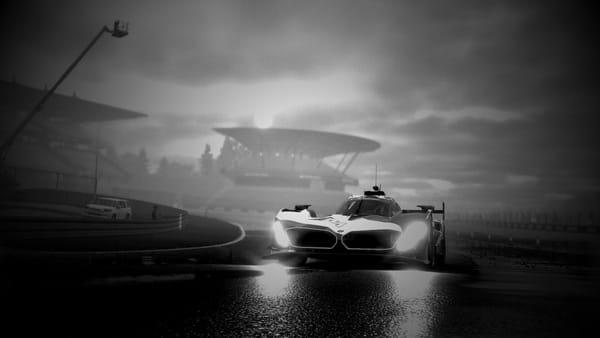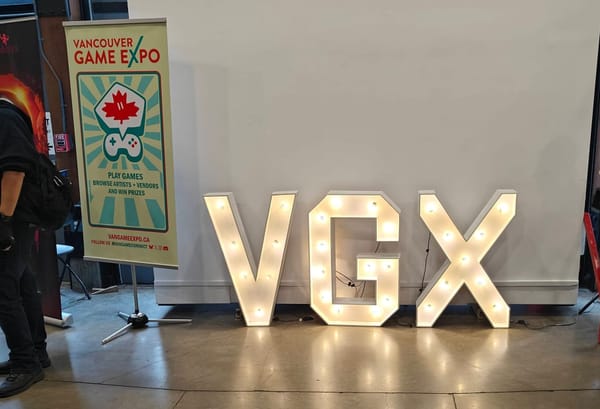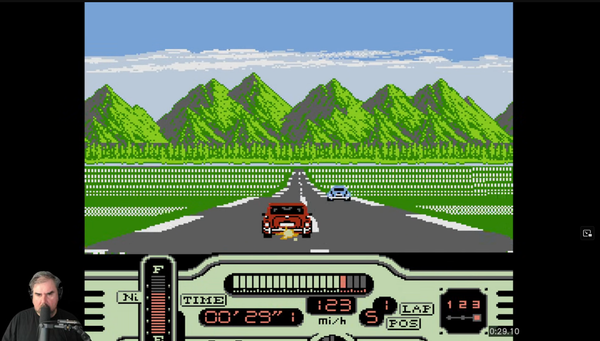My Playstation Settings for The Trimui Brick
These games will always be worthy of play, and for me it was money well spent being able to play Playstation games on the go.
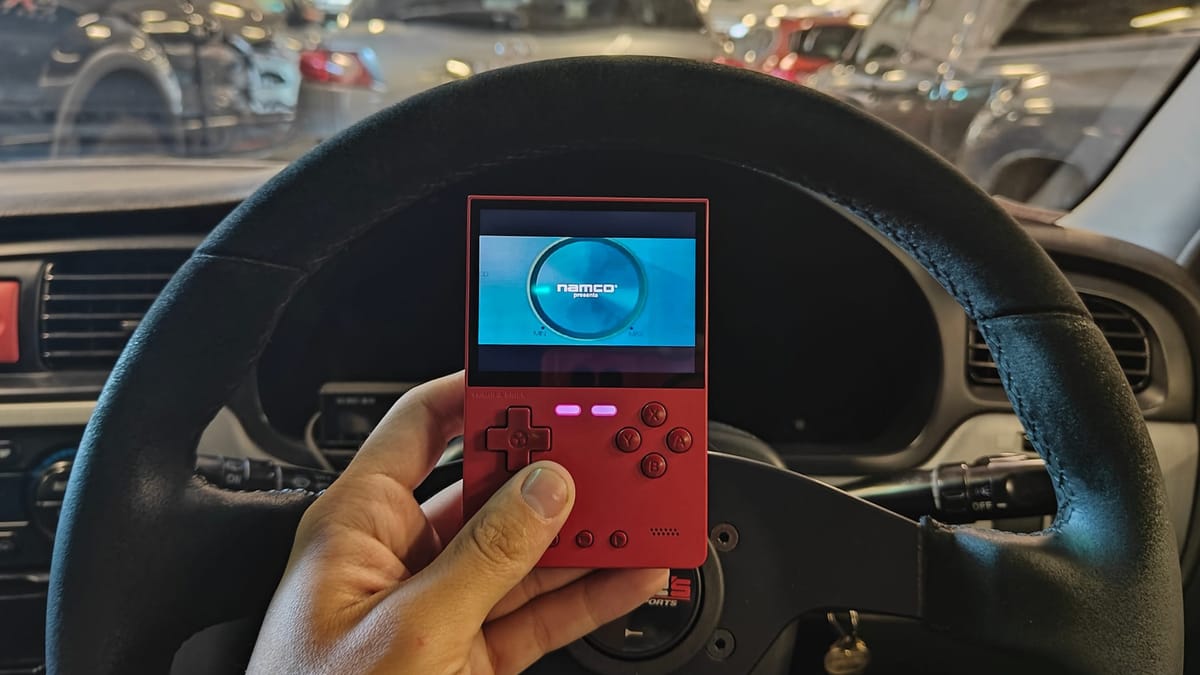
One of the things that was near the top of the list of "things I should buy for myself" for the longest time was a portable emulator games console. Over the last few years I have brought a Gameboy Micro with me as a travel companion when there's some time to kill while transiting either by ferry or airplane. With what games I have for the pocket-sized handheld however, I've hit the ceiling of what I can really do with it unless I start up a challenge run of Pokemon Ruby. So earlier this year the call was made to get a emulator handheld, with the one I ended up getting being the Trimui Brick.
The handheld that's about the size of a Gameboy Pocket packs a lot of horsepower in a tiny package: capable of playing titles from the earliest of game consoles to being able to play titles for the SEGA Dreamcast, albeit with some frame skipping due to hitting the CPU and GPU limits of the Brick. Playing Dreamcast, or Nintendo 64, games isn't ideal with the handheld due to the lack of a analogue stick however which leaves the Sony Playstation as the most modern console it can easily run without compromise. Even with the difference in graphical capabilities between the Playstation and the Dreamcast, it is still easy to max out the CPU and GPU, experience choppy audio and an inconsistent frame rate without putting in the extra work in the emulator settings.
So, here are the emulator settings I use when playing Playstation games on the Trimui Brick. For sake of reference I'm also using the PakUI operating system, an excellent fork of MinUI which adds a lot of bonus capabilities to the slimmed down architecture. I also split time between the SCPH1001 and SCPH5501 BIOS files for playing NTSC games. You can find where to get those on your own time.
Frontend Settings
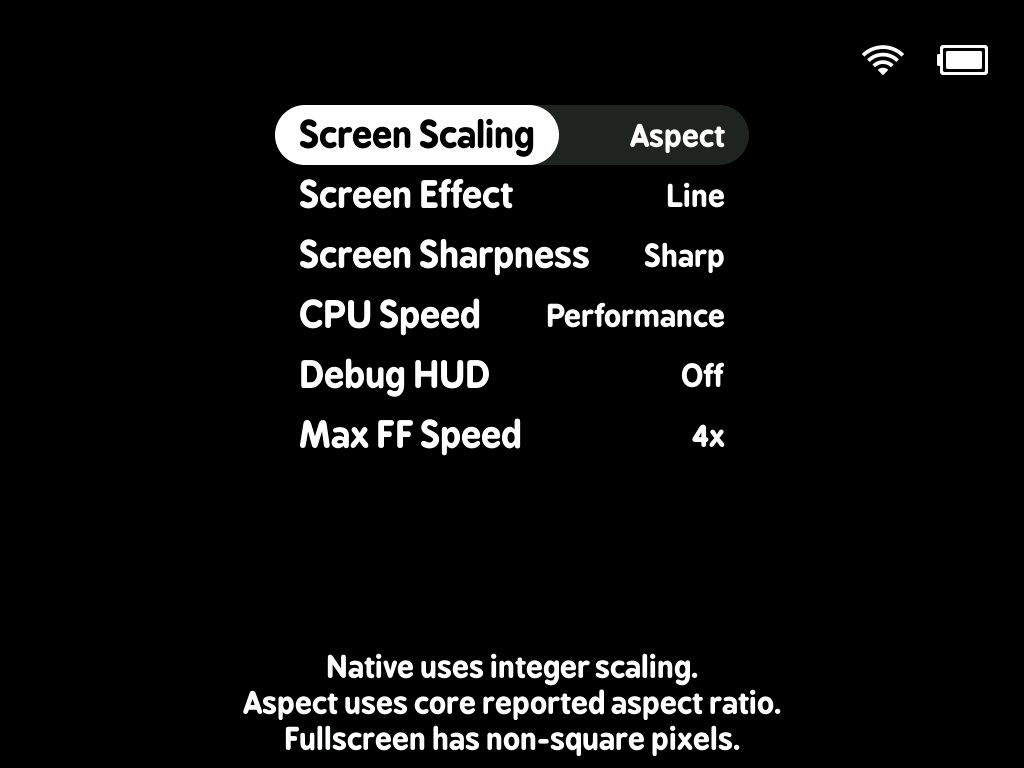
The main thing for any of the 32 or 64 bit consoles is that you do need CPU Speed set to Performance to give you that margin in higher strain moments. Particularly in the racing game space, Need for Speed High Stakes has high load moments when traffic and wet weather is enabled during a race or a pursuit where the game itself starts to lose frame rate naturally. The distinction is using Performance as the CPU Speed will be a major step to ensure that it is the game itself hitting it's limits, and not the hardware itself.
For Screen Scaling you will want to use Aspect or Fullscreen to fully use the 3.2 inch display and all of that 1024×768 resolution you have at your disposal. Some games' Native resolution will use a majority of the screen such as for Wipeout XL, while earlier Playstation titles, such as the original Gran Turismo, may not.
Gran Turismo also comes in handy when figuring out which settings for Screen Effects and Screen Sharpness you prefer. The Car Wash screen and Car Selection menu in Arcade Mode show the differences of the Screen Effects without having to enter a race with the oversized display of a car being useful here. I prefer the replication of the CRT scanline effect that are made with the Line setting, though for Gameboy titles I prefer the Grid setting that replicates a LCD screen display. For Screen Sharpness, I use the Sharp option but these options are up to user preference.
Emulator Settings
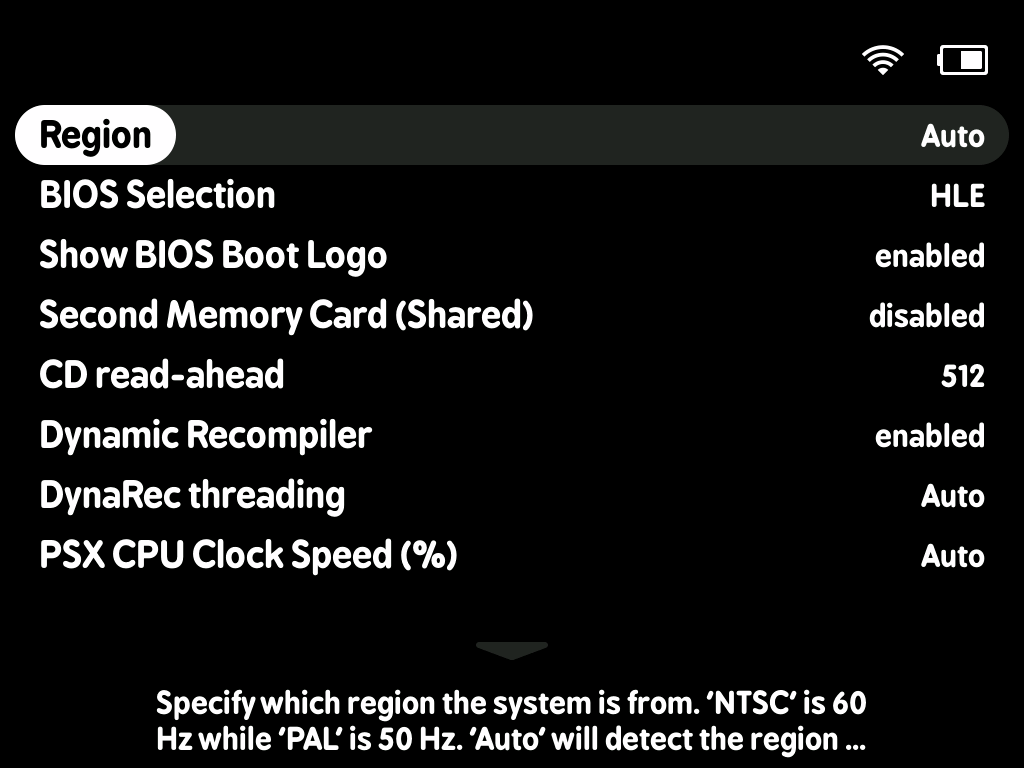

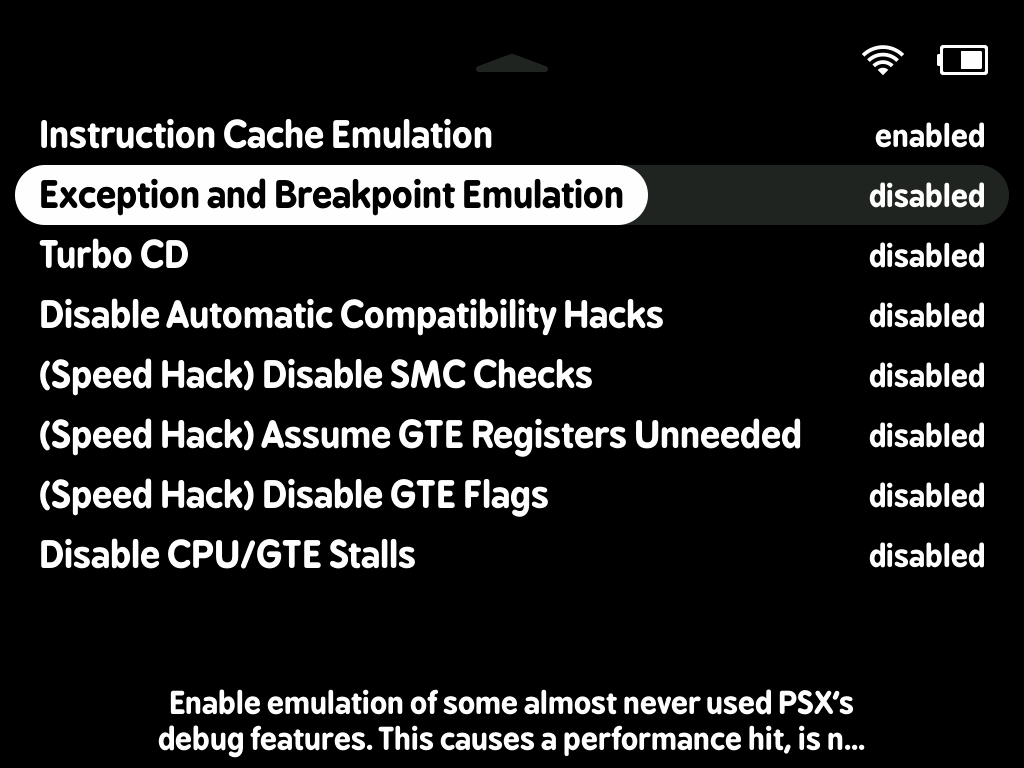
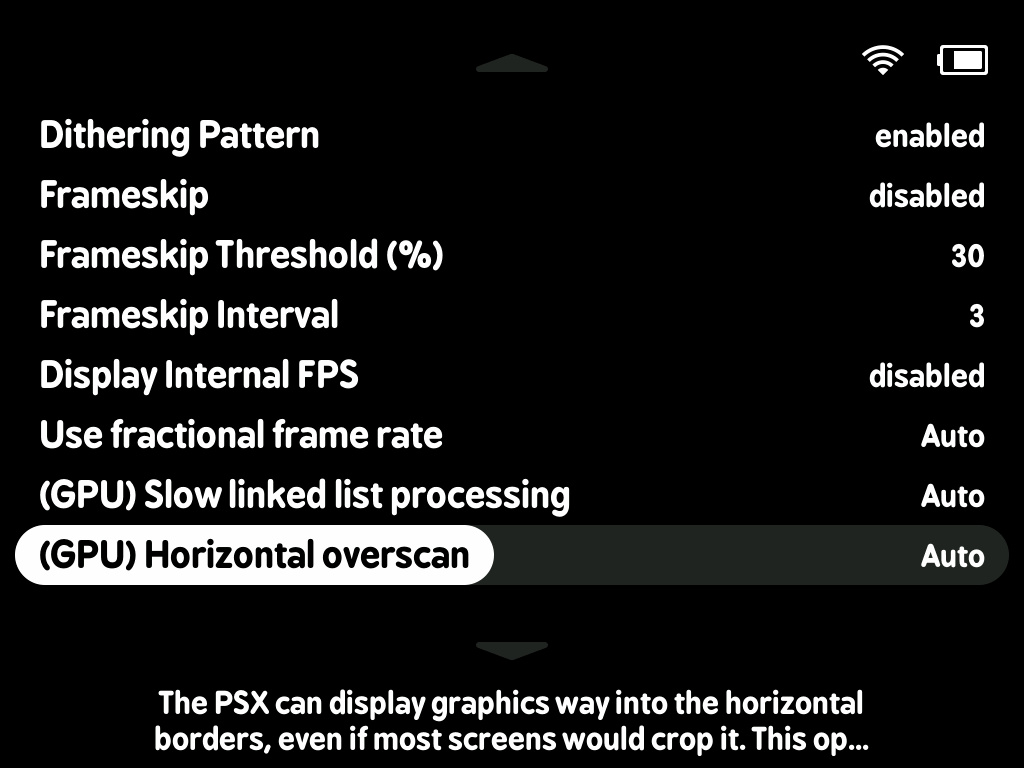
The four key screens of Emulator Settings I use for playing Playstation games on the Trimui Brick.
Of all the vast array of Emulator Settings that are available that affect performance, the one that I recommend you Disable is the (GPU) Enhanced Resolution. This was always the setting that when enabled would strain the Trimui Brick to it's limits and caused the audio clipping that's associated with maxing out the hardware. Some games won't hit the limits of the hardware when now being run at twice their native resolution when actually in gameplay, but will see it's highest loads in the menus where games attempt to run at a higher framerate. Yu-Gi-Oh Forbidden Memories grinds to a halt with the GPU begging for mercy even in the main menu of the game with the (GPU) Enhanced Resolution enabled. If this is an issue, increasing the PSX CPU Clock Speed (%) can be done above the Auto setting to try and mitigate that without going to full 100%. Changing the clock speed to compensate is best done on a game by game basis, and makes a difference regardless of if you are using that enhanced resolution.
As the name implies, CD read-ahead gives an additional level of stability in gameplay by ensuring there isn't any potential stutters that happen. Within the scope of the setting, 512 is not a lot and there is a lot more room without going overboard on taxing system performance. Setting a lot of the options to Auto usually gives the ideal setting, and the system does a great job explaining what each setting does when enabled or disabled. I do run Cubic Sound Interpolation setting for the system, though it's best experienced using headphones using the headphone jack that is a part of the Trimui Brick.
The quality and performance of these retro gaming handhelds has grown by leaps and bounds from their initial beginnings in the later half of the 2010s. The advancements in performance in smartphones made an incredible translation to this new wave of portable gaming handhelds, to where the bigger offerings from Retroid allows you to bring even Playstation 2 and Nintendo Gamecube games on the go without much issue. In the midst of a rewed focus from Sony and Nintendo on trying to stem piracy and physical ownership, while failing to allow older titles to be made readily available to play, these consoles from Retroid, Abernic, Miyoo and Trimui emerged as an important piece in the greater video gaming industry. If you build these games that people want to play, someone will make a means to play them even if the original developers and publishers won't. These games will always be worthy of play, and for me it was money well spent being able to play Playstation games on the go.
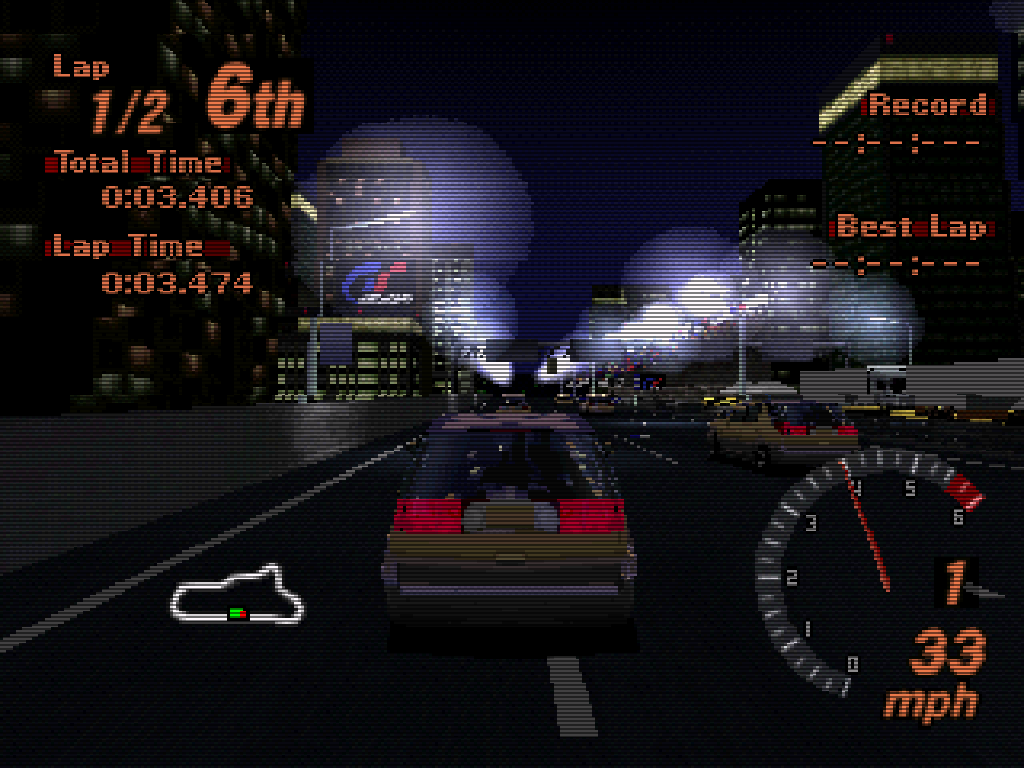
Within the context of the racing game genre, these machines are a great way to look back at an important turning point in the genre and in the industry overall. Those initial throws of racing games having the vehicles you drive being able to operate freely in a three dimensional space came through 32-bit hardware on consoles, which you can easily experience now on the go. There are multiple trajectories in which racing games operated in these early days of the industry, as developers chased early arcade icons such as Outrun and Hang-On and tried to replicate that, before the likes of Gran Turismo and Ridge Racer showed the new direction that racing games would largely follow on consoles ever since. These retro consoles also provide a chance to look back on games that otherwise you would have never had the chance to experience or the appreciate the modding revolution has happened with Playstation games in the last decade.
I mean, who doesn't want to race a Buick Rendevouz in Gran Turismo 2 and do that on the go?



